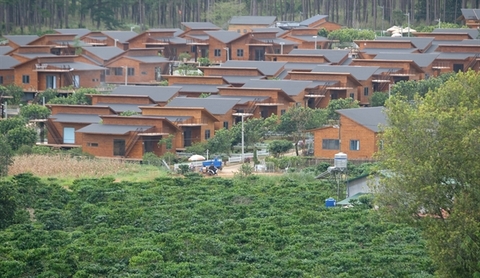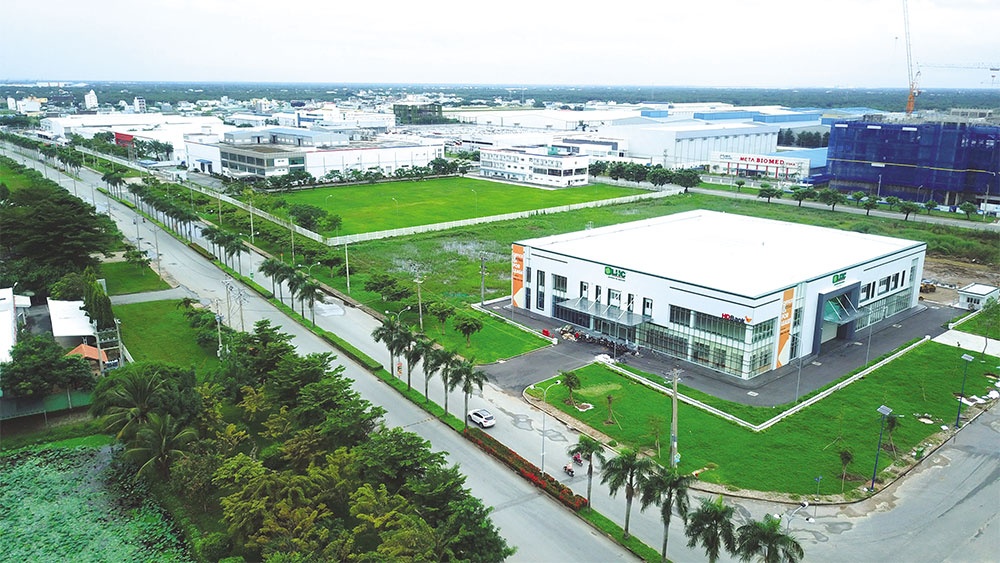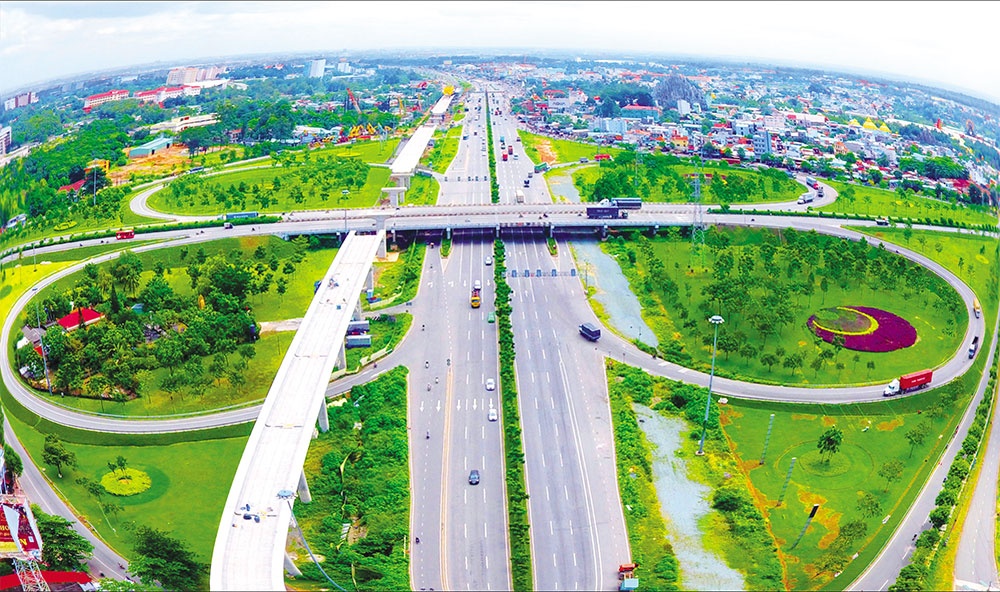Pauses put paid to real estate M&A
Pauses put paid to real estate M&A
Difficulties in legal procedures are slowing down the flow of real estate mergers and acquisitions from foreign investors, with some units pausing or restructuring their strategies.

The growing interest of large foreign real estate partners and enterprises and the development of private investment funds have been contributing to the excitement of mergers and acquisitions (M&A) in the real estate sector, enhancing competitiveness and increasing market share in the real estate value chain.
However, according to a recent report from the Vietnam Competition and Consumer Authority of the Ministry of Industry and Trade, in 62 M&A transactions recorded in the 10 months of 2022, a total of 202 enterprises participated with 82 foreign enterprises (accounting for 40.59 per cent), domestic enterprises dominate with 120 enterprises.
Particularly in the real estate sector, there were 20 outstanding transactions, most of which come from domestic investors. For example, DRH Holdings JSC received a transfer of up to 99 per cent of shares in Hoa Binh Investment Group and Vinaconex bought 57.82 million shares of Vinaconex Tourism Development and Investment JSC.
Sunshine Homes Development in October also received the transfer of 5.5 million shares in Sao Anh Duong. This transference will increase Sunshine Homes Development to 99 per cent from 51.3 per cent previously.
According to experts, legal problems and investment procedures are still a big barrier to foreign M&A activities. Meanwhile, in the domestic sector, they use M&As to focus resources on increasing the scale, capacity and transforming core business areas, as well as taking advantage of the strengths of partners, expanding the market.
According to Trang Bui, CEO of Cushman & Wakefeld Vietnam, a majority of transactions have been made by experienced investors who are well-versed in the volatility and demand pattern of the market and continuously look for good profit margins or portfolio expansion in the region. These deals were in negotiation during the pandemic and achieved agreement in 2022, which explains the surge in recorded deals in the year before October.
“However, since then, property M&A market activities have slowed down due to recent allegations related to multiple real estate and stock companies, amid tightened bank credit flow and restrained bond issuance,” Bui said.
This has led to foreign investors taking a more conservative approach, especially institutional investors, financial institutions, and new entrants to the market. “Some investors have pressed the pause button to restructure their investment strategy to adapt to the new situation. While these investors are still well-funded, new major investments will be paused for the time being, except for ongoing deals,” Bui added.
For more activities to take place in the market, Vietnam will need to achieve a higher level of transparency, sound urban planning, and a stronger legal framework to attract foreign investors, she explained. “Once the regulatory review is completed, we expect supply growth to be able to meet demand, and the market will be more transparent and efficient for foreign investors,” Bui said.
As a legal consultant for M&A activities, Bui Ngoc Anh, a representative of VILAF, also revealed that in the last 2-3 years, the legal appraisal process for such activities took longer than usual.
“Both the buyer and the seller must spend more time and money to learn and evaluate before deciding to close the deal. This is reasonable because many real estate enterprises have shown off black halls in their business operation and this force potential partners to think twice before decision. Potential partners must double-check the financial source and legal documentation of the projects to avoid risk,” said Anh.
Seck Yee Chung, partner at Baker McKenzie Vietnam, said that the real estate market should be in frozen for a while, but depending on the segment. For example, deadlock is seen in commercial residential segment while warehouse real estate or logistics still have much room for development.
“Moreover, consumers’ needs for delivery change with faster delivery so investors will be more interested in investing in large data centres and warehousing,” Chung confirmed.






















